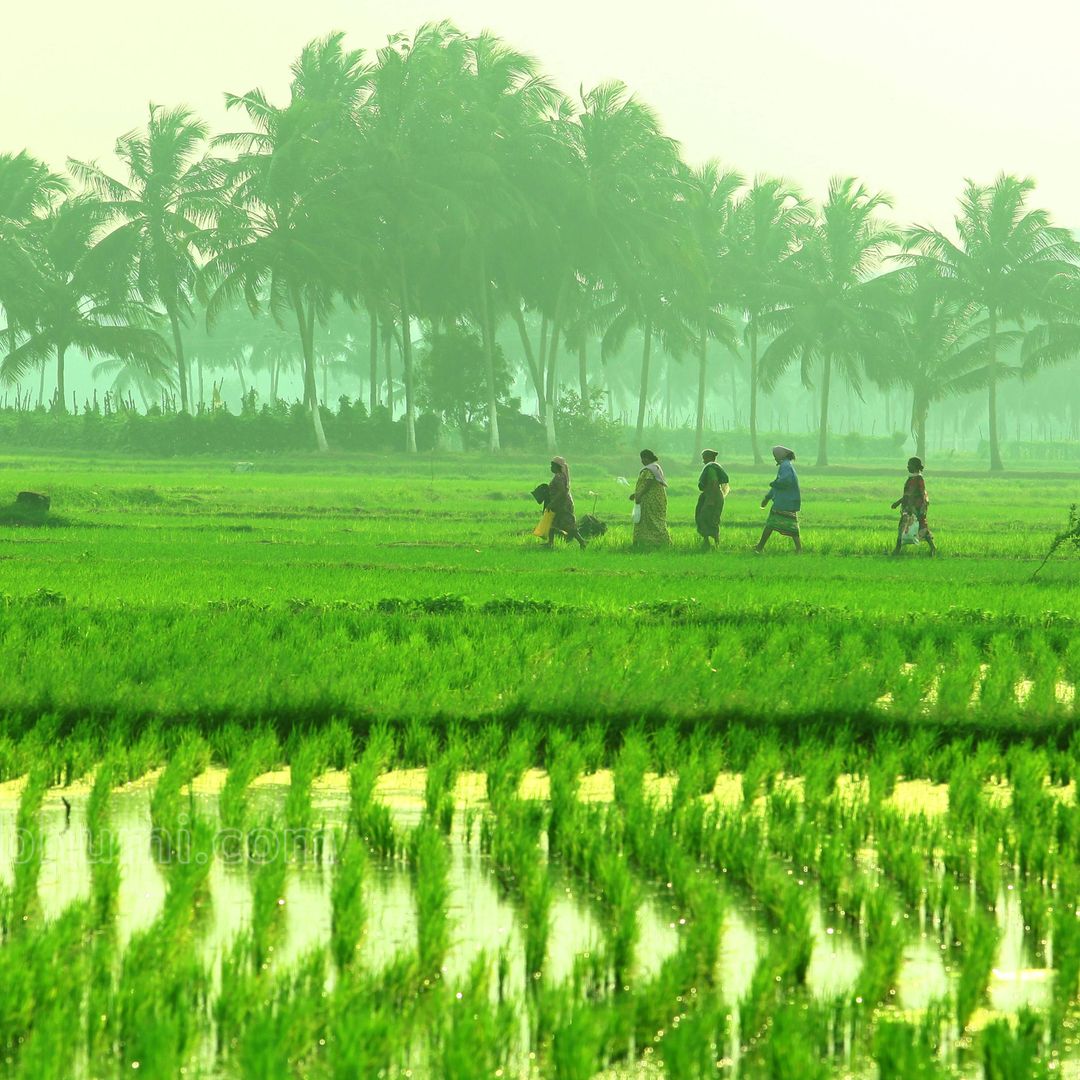What is insurance penetration in Rural India
Penetration of life and non-life insurance in India FY 2002-2022. In the financial year 2022, India’s insurance penetration stood at 4.2 percent, with the majority coming from the life insurance sector. Rural insurance offers coverage for crop failures, loss of livestock, and damages caused by natural disasters, enabling farmers to recover and sustain their agricultural activities. Penetration rate indicates the level of development of insurance sector in a country. Penetration rate is measured as the ratio of premium underwritten in a particular year to the GDP. Insurers can set-up a dialogue with State Govt./Ministries that run various developmental programmes/schemes for farmers, rural and vulnerable sections of society. Insurance companies can integrate insurance with such programmes.
Why does rural India need life insurance?
While it has been widely reported that the overall life expectancy in India has seen a marginal rise, the rural-urban divide remains when it comes to mortality. Be it due to lack of hygiene, proper nutrition for those who are below the poverty line, or the sheer absence of good medical facilities and healthcare, the rural parts of the nation still face a lot more loss of life than the urban areas. Also, most rural households lack the concept of structured savings, in turn leading to a situation where one must choose between health and financial stability. If premiums are priced too high, people in rural areas might rethink the overall necessity of buying insurance. In fact, even for those who do consider buying insurance, expensive premiums can sometimes be off-putting as they are usually way more than those living in rural India can afford to buy. And so, the kind of insurance offered to this untapped market becomes crucial in helping increase penetration
How to ensure rural India gets the life insurance they need?
Commercial banks, regional rural banks, business correspondents of banks, and government-mandated programs such as eCSC can all be used to ensure that life insurance reaches India’s remotest regions, thereby facilitating insurance penetration. While this network is a good starting point, the current solutions being offered by life insurers can be a limiting factor and influence the level of life insurance penetration in the nation Bite-sized offerings, simple insurance solutions available at lower premiums, easy on-boarding process, are some factors that could make it easier for those in rural India to buy life insurance. Not only are such offerings more affordable, but also hyper-focused on consumer needs and can provide the rural population with a certain degree of freedom in terms of what kind of life insurance they can choose for themselves. Offering life insurance as a value-added product or bundling it up with insurance for other aspects such as livestock and health could also help rural India get the holistic insurance coverage they need, while at the same time contribute to the cause of financial inclusion. With the government stepping in, insurance providers looking to explore this massive market that is waiting to be served now have more support than ever. So long as insurance providers are armed with the right product and manage to reach customers according to their preference, it is only a matter of time before life insurance becomes mainstream in rural India. Mobile insurance solutions that allow consumers to select the insurance they want, purchase it, pay premiums, and even make additions to it, if and when needed, without using anything aside from a smartphone can go a long way in ensuring a higher penetration of life insurance in rural India. Also, enabling the populace to buy and track insurance online without having to travel to the nearest branch makes such offerings more affordable and accessible, both of which can govern and influence life insurance penetration.
Insurance Penetration and Density
1 Insurance penetration and density are two metrics, among others, often used to assess the level of development of the insurance sector in a country. While insurance penetration is measured as the percentage of insurance premiums to GDP, insurance density is calculated as the ratio of premiums to population (per capita premium).
2 Insurance penetration which was 2.71 percent in 2001 has steadily increased to 3.76 percent in 2019 (Life 2.82 percent and Non-Life 0.94 percent). Insurance penetration in some of the emerging economies in Asia, i.e., Malaysia, Thailand and China during the same year were 4.72, 4.99 and 4.30 percent respectively. The insurance density in India which was USD 11.5 in 2001, reached to USD 78 in 2019 (Life- USD 58 and Non-Life – USD 20). The comparative figures for Malaysia, Thailand and China during the same period were USD 536, USD 389 and USD 430 respectively. Globally insurance penetration and density were 3.35 percent and USD 379 for the life segment and 3.88 percent and USD 439 for the non-life segment respectively in 2019.
Insurance Premium
1.During the fiscal 2019-20, the gross direct premium of Non-Life insurers was ₹1,88,916 crores as against ₹1,69,448 crores, in the previous financial year 2018-19 registering a growth of 11.49 percent. Motor and health segments primarily helped the industry to report this growth.
2.During the fiscal 2019-20, Life insurance industry recorded a premium income of ₹5,72,910 as against ₹5,08,132 crores in the previous financial year, registering a growth of 12.75 percent. While renewal premium accounted for 54.75 percent of the total premium received by the life insurers, new business contributed the remaining 45.25 percent.





